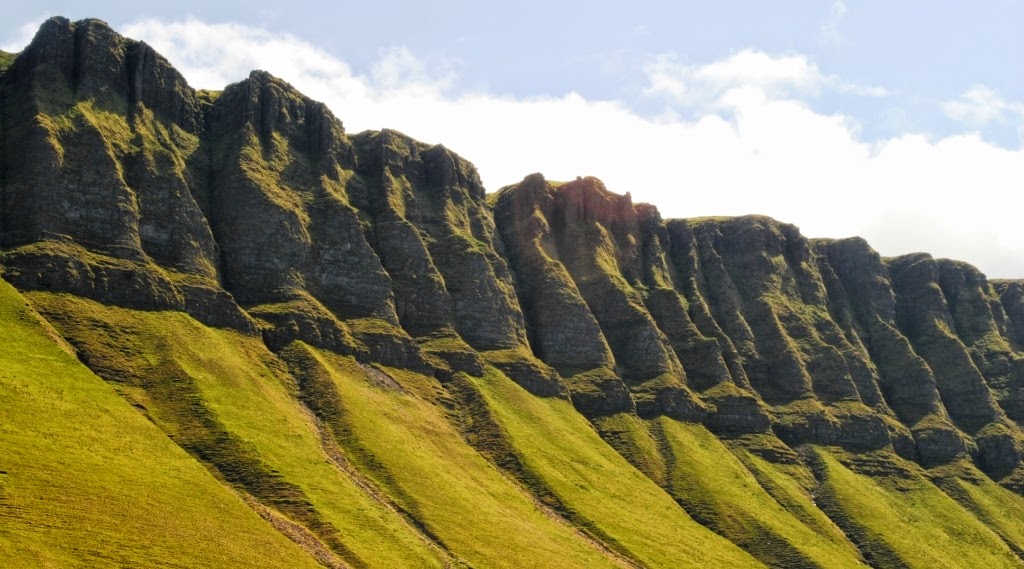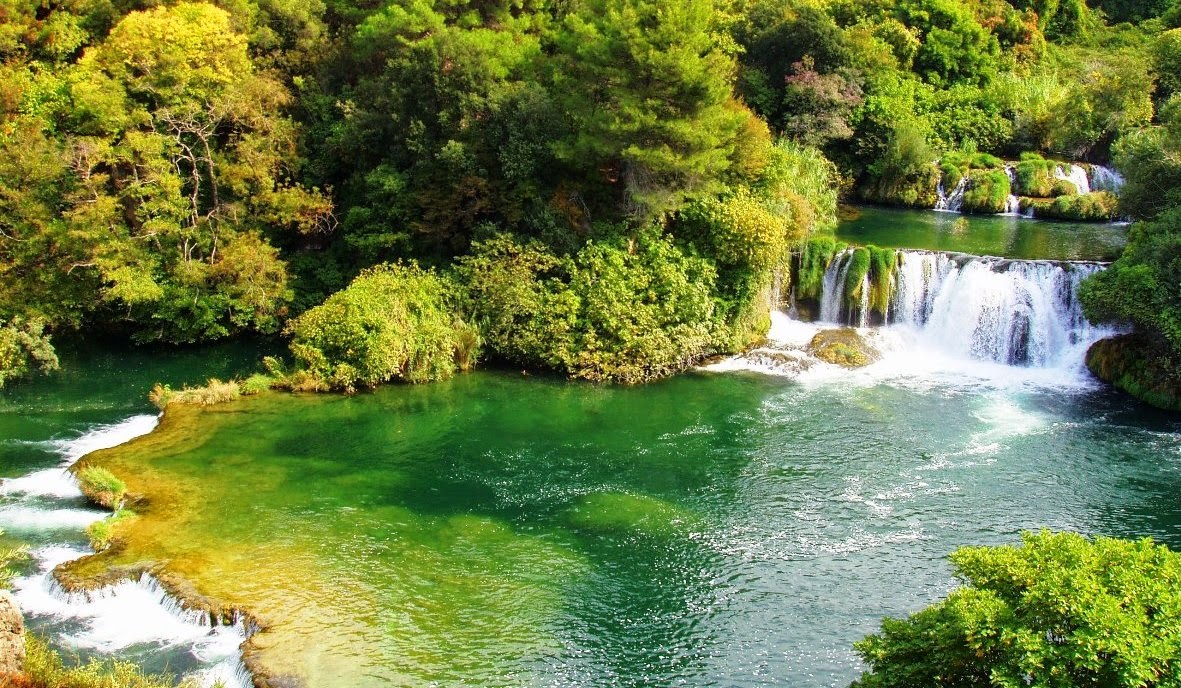Wli Falls are located about
15 kilometers south east from the city of Hohoe (inVolta
Region). Wli is the highest waterfall in Ghana about 70 meters drop! And
is a part of the Agumatsa River. On the way to the falls there are 11-log
bridges that have to be must cross. So first to admire is the sheer
grandeur of the fall itself; the remarkable white water of the Agumatsa River
thundering about 60 meters down steep cliffs into a large pool. And second are
the huge mountain formations comprising of soaring peaks and rock walls which
are part of the Akwapim-Togo Mountains
At the bottom of the falls there
is a natural pool which is really great for swimming but extremely cold. Wli
Falls is so lovely and heavenly beautiful and crystal clear water fell in a
pool of sand. There’re creeks under the water and one should not go near them else
they can be washed away. The place is fully safe and tourist can go there
easily, the local’s peoples did not cause any problem to the tourists. Another
attraction about Wli is the luxurious forest environment presently designated
as the Agumatsa wildlife sanctuary. Approachability is another advantage of Wli
falls, visitors don’t have to climb any hills or descend steep valleys to get
to the foot of this splendid geological monument.
When you’ll sit on the terrace
you have a great view of the gorgeous Wli Waterfall and the mountains with
Ghana's highest summit, Mount Afadjato (880 m). Moreover; sun loungers invite
you to relax in the midst of nature. Therefore; on the large covered terrace
you can enjoy a cool drink and some tasty food. You can explore beautiful
surroundings walking or biking.
Grown-ups and kids alike enjoy
the Wli Waterfall within easy walking distance to the various species of wild
flora and fauna. You can discover exotic butterflies and flying dogs, and even
you can sit down on bamboo benches in the forest to take a rest. A dip in the
pool or showering at the foot of the water fall offers a refreshing break particularly
on hot days. If you want to go the upper cascades then you require appropriate
shoes and some stamina. The hike takes about 4 hours. Moreover; early afternoon
sunshine offers the best lighting conditions for taking beautiful pictures.
As the Ghana leading waterfall
the continuing efforts to develop the site for Ecotourism will serve as an significant
model for the many in the area such as the Tagbo and Flabo falls as well as
those in other parts of the country though the distinctive terrain and setting
of each fall would demand different approaches. There are accommodation
facilities at Afegame for overnight visitors. Numerous categories of
accommodation also abound in Hohoe town; about 25 minutes’ drive from Afegame.
For stress relieving, cultural lessons, relief from mundane activities and
socialization, it is highly recommended Wli waterfalls as your next holiday
destination.





















































